Who is the First Person to Fly an Aeroplane - Profile of Wright brothers
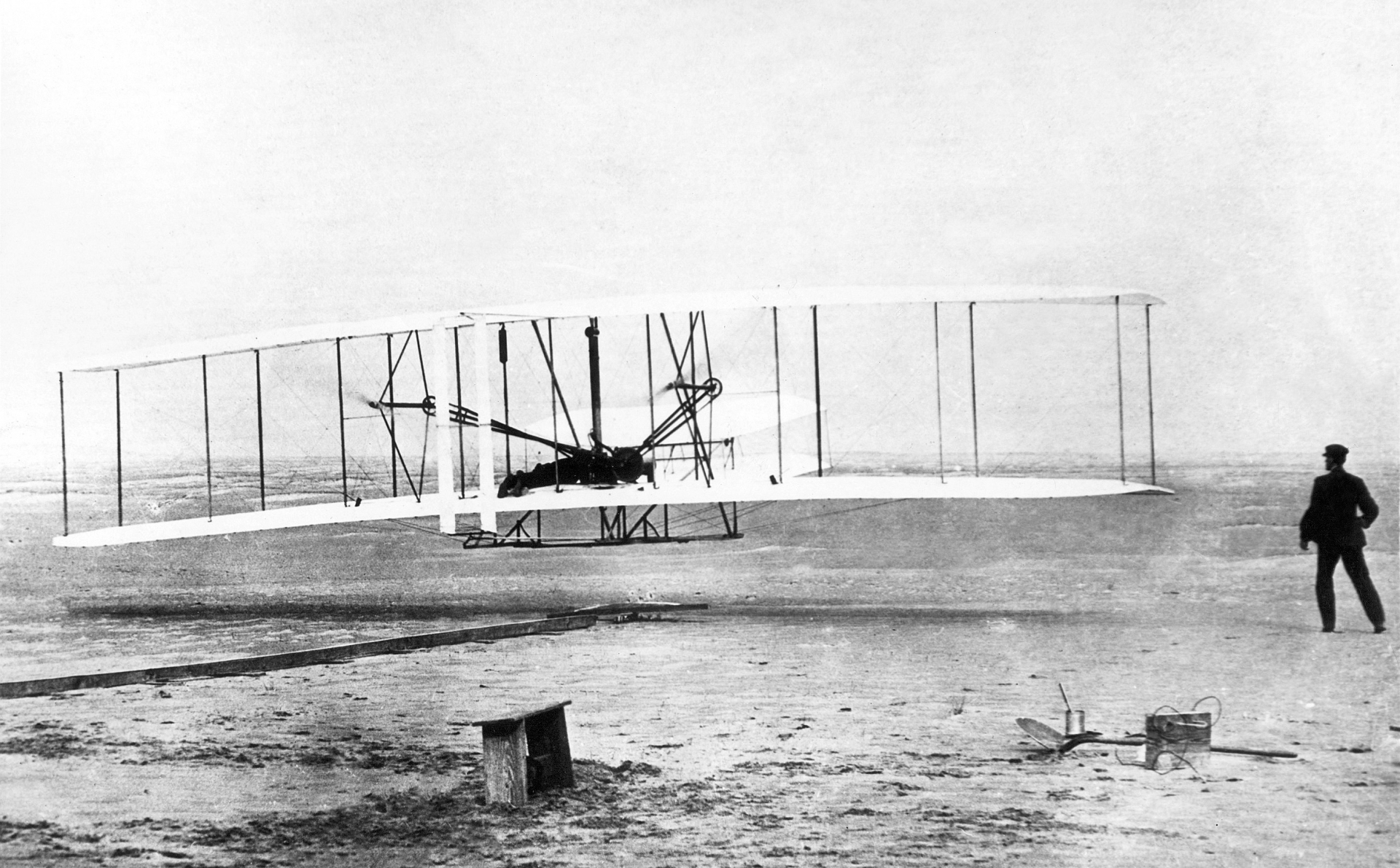 |
| The First Person to Fly an Aeroplane - Photo: CNN |
It took patience, perseverance, dedication and some brilliant minds to help mankind take to the skies. Finally, in 1903, the famous Wright brothers created the first successful aeroplane and the possibility of humans flying became a reality!
Who are Wright brothers?
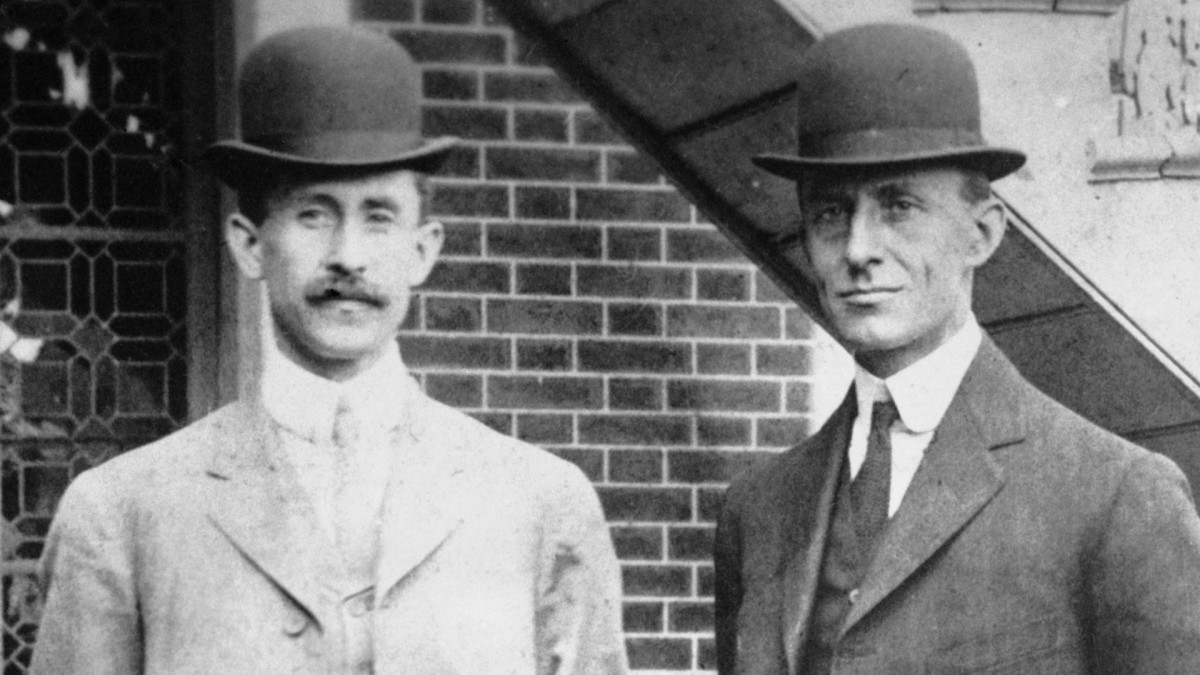 |
| Photo: We Love Cycling |
Wilbur and Orville Wright were American inventors and pioneers of aviation. In 1903 the Wright brothers achieved the first powered, sustained and controlled aeroplane flight; they surpassed their own milestone two years later when they built and flew the first fully practical aeroplane.
Early life
Wilbur Wright was born on April 16, 1867, near Millville, Indiana. He was the middle child in a family of five children. His father, Milton Wright, was a bishop in the Church of the United Brethren in Christ. His mother was Susan Catherine Koerner. As a child, Wilbur’s playmate was his younger brother, Orville Wright, born in 1871, as cited by History.com
Developing the Airplane
Always working on different mechanical projects and keeping up with scientific research, the Wright brothers closely followed the research of German aviator Otto Lilienthal. When Lilienthal died in a glider crash, the brothers decided to start their own experiments with flight. Determined to develop their own successful design, Wilbur and Orville headed to Kitty Hawk, North Carolina, known for its strong winds.
Wilbur and Orville set to work trying to figure out how to design wings for flight. They observed that birds angled their wings for balance and control, and tried to emulate this, developing a concept called “wing warping.” When they added a moveable rudder, the Wright brothers found they had the magic formula-on December 17, 1903, they succeeded in flying the first free, controlled flight of a power-driven, heavier than an aeroplane. Wilbur flew their plane for 59 seconds, over a distance of 852 feet, an extraordinary achievement.
 |
| Wright Brothers and their aeroplane. Photo: GreenLight Rights |
The Wright brothers soon found that their success was not appreciated by all. Many in the press, as well as fellow flight experts, were reluctant to believe the brothers’ claims at all. As a result, Wilbur set out for Europe in 1908, where he hoped he would have more success convincing the public and selling aeroplanes.
The Wright Flyer design
The birth of the Wright brothers' serious interest in flight began with the death of glider pioneer Otto Lilienthal in 1896, according to the Smithsonian National Air and Space Museum. Like Lilienthal, the brothers experimented with kite and glider designs to build-up to the first aircraft.
Past glider pilots had steered their gliders by shifting around their body weight. But the Wright brothers came up with a more elegant solution; they twisted or warped the aircraft's wingtips in opposite directions to affect the airflow over the wings. That twist created different amounts of lift on each wing so that the aircraft would tilt toward one side. The pilot controlled the warping of the Wright Flyer's wingtips using wires connected to a hip cradle. That meant the pilot could steer by sliding his hips from side to side, Space.com cites.
Wind-tunnel tests in the fall of 1901 and hundreds of gliding tests in 1902 led to an aircraft design with better lift, a forward elevator to pitch its nose up or down, and a vertical tail rudder for more effective flight control. Such improvements set the stage for the flying machine that would achieve sustained flight in 1903.
Making the flying machine that could do more than glide required the Wright brothers to invent the first working aircraft propellers. They envisioned the propeller as an aircraft wing placed on its side and spun around to create the airflow for horizontal "lift," the force needed to move an aircraft forward.
The Wright brothers built a 12-horsepower engine to power two propellers mounted behind the wings of their 1903 Flyer. A chain-and-sprocket transmission system connected the engine to the propellers so that it could turn them.
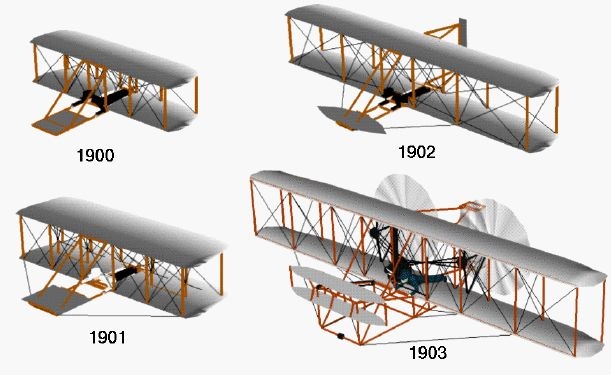 |
| Wright brothers' flyer design each year. Photo: Space.com |
The sky's the limit
The milestones of flight since 1903 are too numerous to list in a short article, but some of the major ones (according to Air & Space Smithsonian) include the first carrier ship landing, in 1911; the first aerial refuelling, in 1923; the first transatlantic plane crossing by a team, in 1919 (Charles Lindbergh did the first solo one, in 1927); the first instrument-only flight, in 1929; and the first flight to break the sound barrier, in 1947. Since then, aeroplanes have (in general) become safer, quieter and more fuel-efficient, and today, advanced drones fly dangerous warfare missions or during natural disasters.
The Space Age began in 1957, with the launch of Sputnik, followed by the 1961 mission that made Yuri Gagarin the first human in space. Spaceflight today is by no means as routine as aeroplane flights, but that's not to say this won't someday happen. Over just a matter of decades, astronauts have accumulated experience in performing complex spacewalks, doing science aboard the International Space Station, and living in space for a year or more at a time.
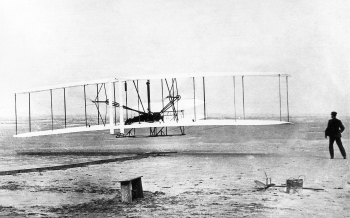 What is the First Airplane ever Made? What is the First Airplane ever Made? When you think of the first airplane, who do you think about? KnowInsider will figure out the answer for you right now! Read this article ... |
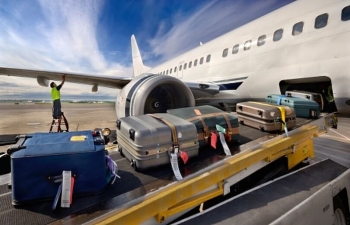 What are prohibited hand baggage items on plane? What are prohibited hand baggage items on plane? Do you know what prohibited hand baggage items are on the plane? If not, let's read this piece of information for a better understanding. |
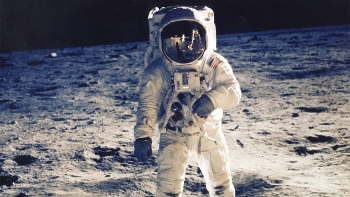 Who is Neil Armstrong - the First Person Landed on the Moon? Who is Neil Armstrong - the First Person Landed on the Moon? Astronaut, military pilot and educator, Neil Armstrong made history on July 20, 1969, by becoming the first man to walk on the moon. |
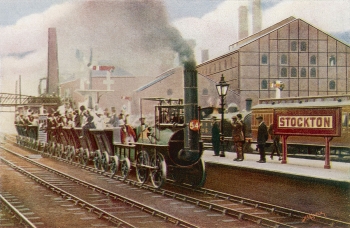 What is the First Railway in the World? What is the First Railway in the World? The history of rail transport began in the 6th century BC. Nobody is sure that when the first railway opened, so this article may answer ... |
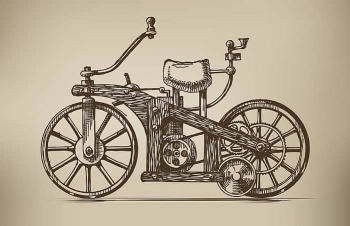 What was the First Motorcycle ever made in the World? What was the First Motorcycle ever made in the World? Motorcycle has become one of the most common means of transportations in the modern world. Have you ever wondered what the first motorcycle ever made ... |























